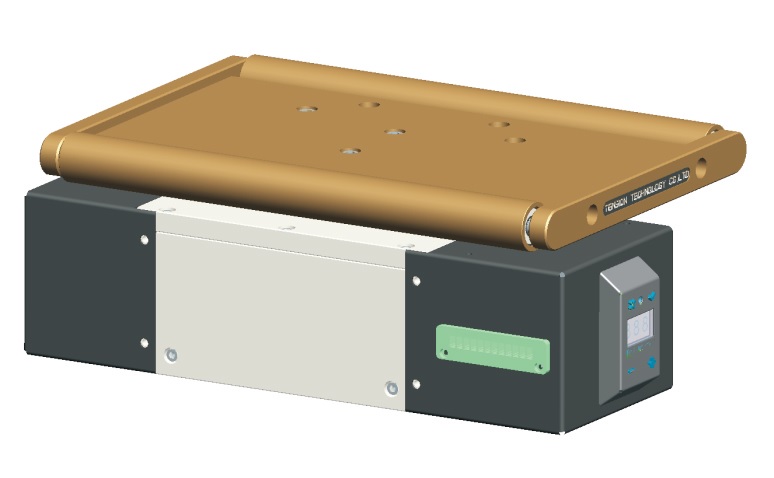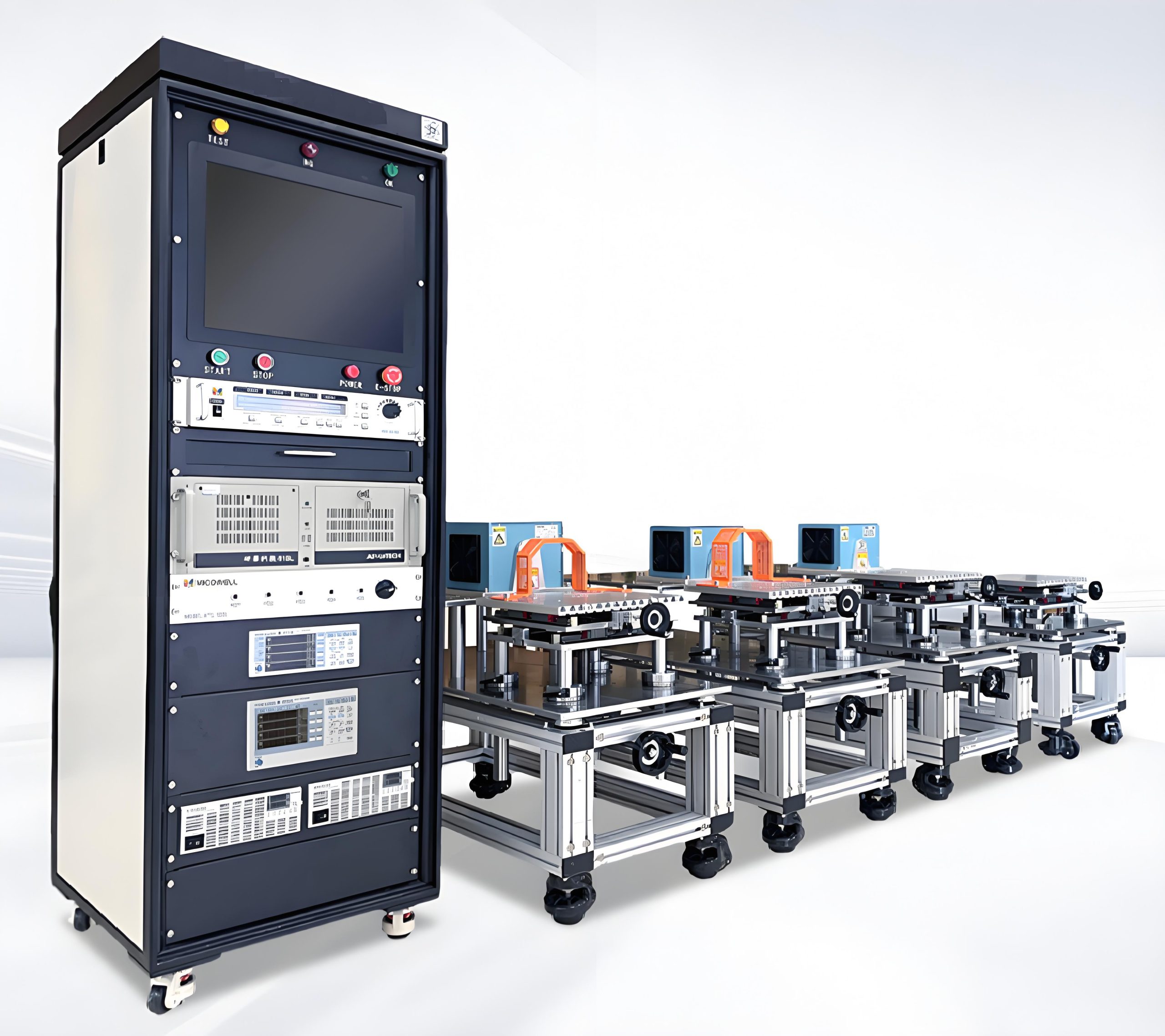In the ever-evolving world of industrial machinery and advanced motor systems, precision and reliability are non-negotiable. For engineers, researchers, and manufacturers, the tools that measure, control, and optimize performance are the unsung heroes of innovation. Enter hysteresis brakes, dynamometers, clutches, and motor test systems—the backbone of modern motor testing. Let’s explore how Stepper motor torque stability , accuracy, and groundbreaking results.
------
### 🛠️ Hysteresis Brakes: The Silent Controllers
Imagine a braking system that operates without physical contact, eliminating wear and tear while delivering smooth, consistent torque. That’s the magic of hysteresis brakes. Using electromagnetic principles, these devices convert kinetic energy into heat through hysteresis loss in a rotor disc, offering precise control over load simulation.
Applications:
- **Automotive R\u0026D** – Testing electric vehicle regenerative braking systems.
- **Aerospace** – Simulating aerodynamic loads on drone propellers.
- **Renewable Energy** – Validating wind turbine blade durability under stress.
Why they shine:
✔️ Zero mechanical friction = longer lifespan.
✔️ Silent operation for noise-sensitive environments.
✔️ Linear torque-to-current relationship for unmatched repeatability.
------
### 🔬 Hysteresis Dynamometers: Measuring the Immeasurable
When it comes to quantifying power, torque, and efficiency, hysteresis dynamometers are the gold standard. These systems absorb and measure mechanical energy using the same hysteresis effect, making them ideal for high-speed applications where traditional water or eddy current dynamometers fall short.
Case Study: A leading EV manufacturer used a hysteresis dynamometer to optimize their motor’s efficiency curve. Result? A 12% increase in battery range during highway driving.
Key Features:
- Dynamic response to sudden load changes.
- Compatibility with regenerative energy recovery systems.
- Seamless integration with IoT-enabled testing platforms.

------
### 🤝 Hysteresis Clutches: Precision in Motion Control
In applications requiring slip control or torque limitation—like conveyor systems or robotic arms—hysteresis clutches offer a maintenance-free alternative to mechanical clutches. By magnetically controlling slip torque, they ensure smooth engagement without backlash or wear.
Industrial Impact:
- Food packaging lines: Consistent tension control for delicate wrapping.
- Textile machinery: Preventing thread breakage during high-speed spinning.
- Medical devices: Ensuring precise dosing in automated drug dispensers.
------
### 🚀 Motor Dynamometers \u0026 Test Systems: The Future of Quality Assurance
Modern motor test equipment isn’t just about “pass/fail” checks. It’s about building digital twins, predicting lifespan, and simulating real-world conditions. A advanced motor test system combines hysteresis dynamometers, programmable controllers, and AI-driven analytics to create a 360° evaluation ecosystem.
Components of a Cutting-Edge Motor Test System:
1. **Multi-axis torque sensors** – Capture data in real-time.
2. **Thermal imaging modules** – Monitor overheating risks.
3. **Cloud-based dashboards** – Compare performance across global teams.
4. **Energy recovery units** – Redirect wasted power back to the grid.
Trend Alert: The rise of electric vehicles has spurred demand for “hybrid” test systems that evaluate both combustion engines and electric motors in unison.

------
### 🌍 Real-World Applications: Where Theory Meets Action
**Case 1: Wind Energy Innovation**
A Scandinavian wind farm used hysteresis brakes to simulate extreme gust conditions on turbine generators. The data helped engineers design blades that withstand Arctic storms while maintaining 98% uptime.
**Case 2: Hyperloop Prototyping**
During a hyperloop pod’s development, motor dynamometers tested magnetic levitation systems under vacuum conditions. The result? A 25% reduction in energy consumption compared to initial designs.
**Case 3: Smart Home Appliances**
A Japanese appliance maker utilized miniature hysteresis clutches in robotic vacuum cleaners. The outcome? Motors that adjust suction power based on floor type—without a single gear shift.
------
### 📈 Choosing the Right Partner: What to Look For
Not all motor test systems are created equal. Here’s your checklist for selecting equipment:

- **Scalability** – Can it grow with your R\u0026D needs?
- **Compliance** – Does it meet ISO/IEC standards for your industry?
- **Software Ecosystem** – Are updates and integrations hassle-free?
- **Support Network** – Is technical assistance available 24/7?
Pro Tip: Opt for modular systems. Mix hysteresis brakes with torque sensors or add vibration analysis tools later without overhauling your setup.
------
### 🔮 The Road Ahead: AI, Sustainability, and Beyond
The next frontier for motor testing lies in predictive analytics and green tech. Imagine hysteresis dynamometers that not only measure efficiency but also recommend design tweaks via machine learning. Or systems that calculate a motor’s carbon footprint across its lifecycle.
Sustainability Spotlight:
New hysteresis brake designs now use recycled rare-earth magnets, reducing reliance on mined materials. Meanwhile, dynamometers with energy-recovery capabilities are helping factories cut power bills by up to 18%.

------
### ✨ Conclusion: Engineering Excellence Starts Here
From electric vehicles to Mars rovers, the machines shaping our future rely on hysteresis technology and advanced motor testing. Whether you’re fine-tuning a micro-drone motor or stress-testing a submarine propulsion system, these tools turn theoretical limits into achievable benchmarks.
Ready to upgrade your testing capabilities? Partner with innovators who understand that every watt, every newton-meter, and every RPM counts. After all, the best breakthroughs begin with perfect measurement.
[End of Article]
